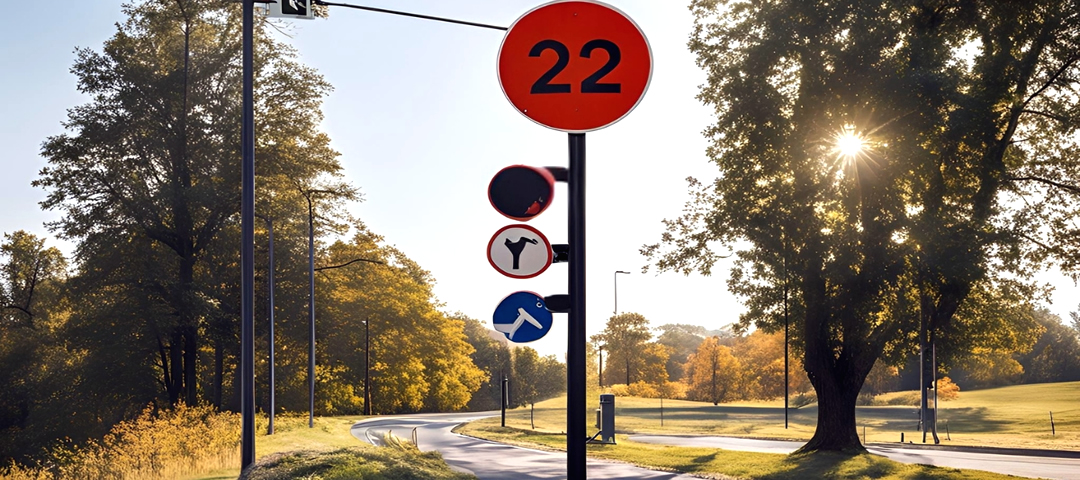Signpost poles play a crucial role in road communication, serving as an essential element for maintaining order and ensuring the safety of both vehicles and pedestrians.
Historically, these poles have been constructed from materials such as steel, wood, and concrete. In recent times, however, there has been a noticeable shift towards eco-friendly poles crafted from lighter and more sustainable materials.
These eco-friendly options are increasingly being favored by both public and private administrators, reflecting a growing commitment to environmental sustainability.
Despite this trend, wooden poles are still commonly found in use across various settings, including public roads, highways, and within residential complexes. This prevalence prompts the question: is the wooden signpost pole nearing the end of its useful life?
Wooden signpost pole – Disadvantages
Indeed, it appears that wooden signpost poles are gradually being phased out, primarily due to their inferior performance across several key factors. Over time, they have been progressively replaced by more resilient and durable concrete poles.
Currently, the trend is shifting even further towards recycled plastic poles, also recognized as eco-friendly poles, which offer several advantages over traditional materials.
So, what exactly are the disadvantages of wooden signpost poles that drive this shift?
Low durability
The lifespan of a wooden pole can reach up to 25 years, but only with an excellent maintenance routine. This is relatively short compared to concrete poles, which require less maintenance and can last a minimum of 30 years, often extending up to fifty years. In comparison, plastic poles, thanks to their anti-corrosive properties, can last over 50 years, offering a much longer-term solution.
Risk of pathologies
Wood, being an organic material, is inherently susceptible to various pathologies. Even when treated properly, wood can suffer from issues such as exposure to harsh weather conditions and infestation by termites. These factors can significantly shorten its lifespan, making it a less reliable choice for long-term applications.
Aesthetic concerns
While wood is often praised for its natural beauty and aesthetic appeal, the wear and tear of wooden poles over time can severely compromise their visual quality. This degradation detracts from their appearance, leading to a less attractive and professional look.
High maintenance costs
Wooden signpost poles, due to their susceptibility to wear and various pathologies, incur higher maintenance costs. Regular upkeep is necessary to ensure their functionality and safety, adding to the overall expense over time.
Environmentally unsustainable solution
Wood, as a building material, poses environmental concerns. Although it can be recycled and reused, its industrial use necessitates the extraction of natural resources. This process contributes to deforestation and can have detrimental effects on vital biomes, ultimately impacting the planet’s ecological balance.
Higher risk of falls
Wood is inherently more fragile than other materials, making it more vulnerable to strong winds or floods. This fragility increases the likelihood of falls, which can result in damage to traffic signage systems and pose safety hazards to road users.
Ecoposte – the optimal solution in traffic signage
In light of these challenges, the Ecoposte emerges as a superior solution for modern traffic signage needs. Lighter and more durable than traditional concrete poles, the Ecoposte is also aesthetically pleasing and environmentally sustainable. Its popularity is steadily increasing as more administrators recognize its benefits.
Manufactured from recycled HDPE, the Ecoposte boasts anti-corrosive properties and poses a lower risk of causing damage to vehicles in case of accidents. This innovative product features collapsible technology, which enhances road safety for all users.
In conclusion, the transition towards eco-friendly materials like the Ecoposte represents a significant advancement in traffic signage. By embracing these sustainable options, we can improve both the safety and sustainability of our road systems.

